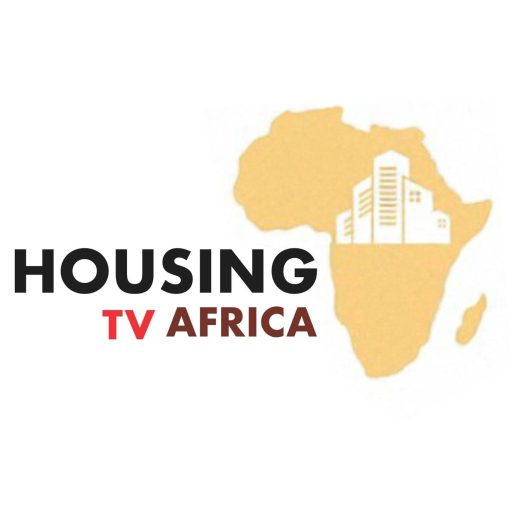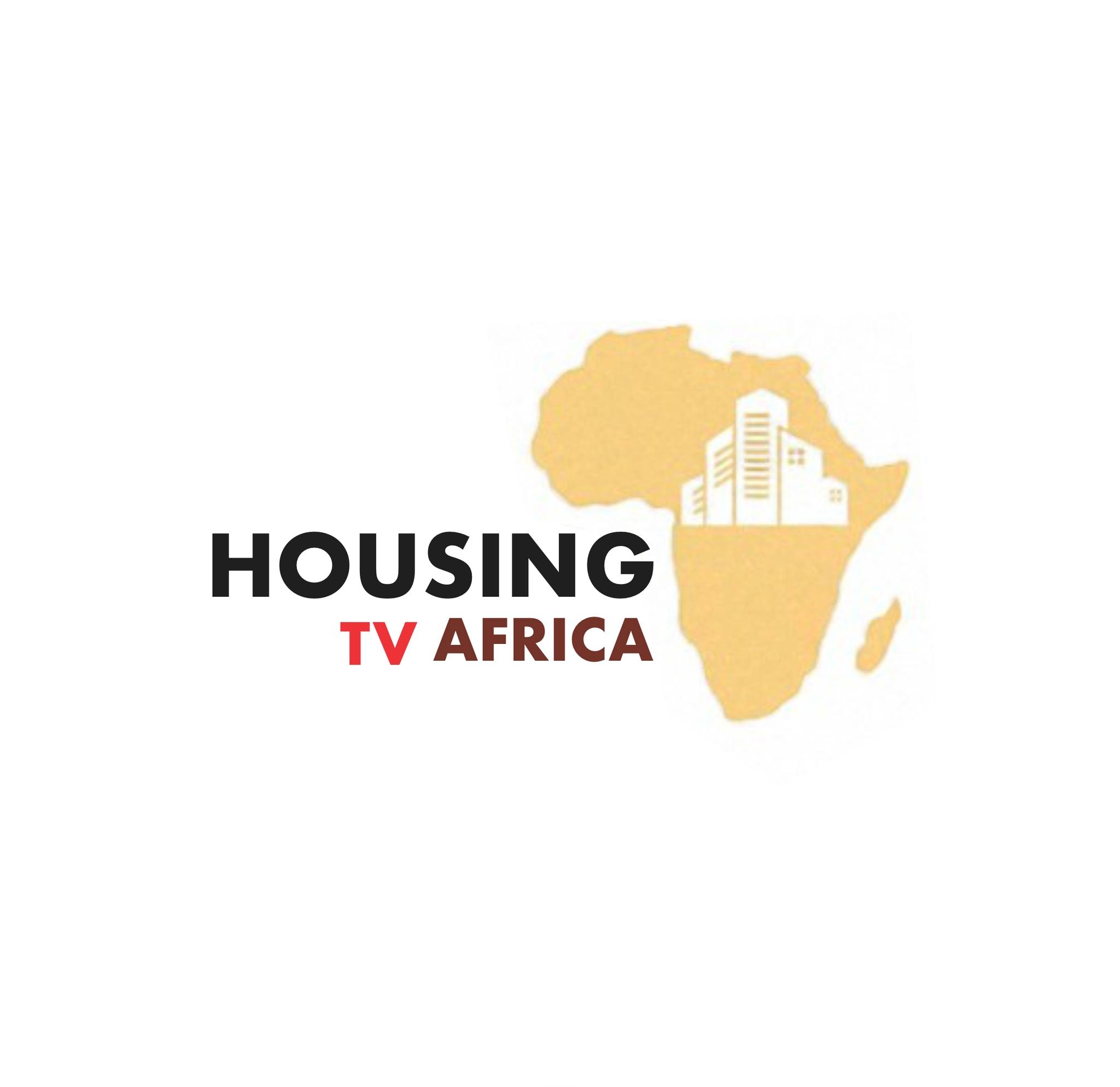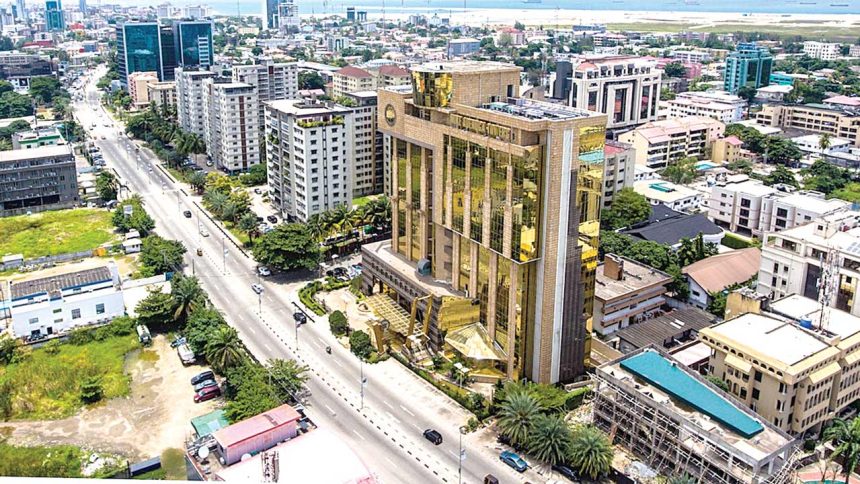Lagos tenants are grappling with record rent increases, with some apartments seeing hikes of more than 80% in a single year, amid worsening housing shortages across the city.
The spike has left many families trapped, struggling to meet new demands or facing the expensive alternative of relocating. In Mushin Olosha, Abosede S experienced the reality firsthand when her two-bedroom flat rent jumped 87.5%, from ₦800,000 to ₦1.5 million per year. Despite a modest 20% increase in household income, her budget was stretched to the limit.
“I stayed because other apartments now charge similar amounts,” she told Nairametrics. “Moving would mean extra costs — agency fees, legal agreements, and property repairs.”
Trapped Tenants in a Tight Market
Across Lagos, tenants report steep adjustments leaving few options. In Ogba, a two-bedroom flat that rented for ₦400,000 last year was re-listed for ₦800,000 after the previous tenant moved out. Real estate agents report that similar units, even with minor upgrades, now go for ₦1.5 million to ₦2 million.
In Ikorodu’s Olorijo Maya, Daniel K still pays ₦150,000 for his one-room apartment since 2023, while neighboring rents doubled to ₦300,000. In Igbogbo, Samuel E’s three-bedroom rent jumped 50%, from ₦700,000 to ₦1.05 million, following plaster-of-Paris finishing by the landlord. Outside Lagos, in Akute, Michael G saw a 103% increase, from ₦320,000 to ₦650,000 in just two years.
Rent Surge Beyond Lagos
The trend affects other major Nigerian cities. In Abuja’s Nyanya district, a one-room self-contained apartment increased from ₦400,000 to ₦750,000. In Port Harcourt, rents for three-bedroom flats in Rumuokoro rose from ₦500,000 to ₦800,000–₦900,000, with projections reaching ₦2 million after renovations. In Elelenwo, Ugwu’s rent climbed from ₦700,000 to ₦1 million, with potential further hikes.
Causes of the Rent Surge
Analysts point to deep structural issues: limited housing supply, rising urban migration, and escalating construction costs. The State of Lagos Housing Market Vol. 3 report highlights population growth from 21 million in 2016 to 24 million in 2025, while formal rental households remain around 1.38 million.
Even with 750,000 new households forming, the renter share dropped from 83% to 77%, suggesting many residents have been priced into informal settlements. Lagos requires about 227,000 new homes annually to meet demand and replace ageing stock, yet actual delivery remains insufficient. Nationally, Nigeria needs 550,000 housing units per year, costing approximately ₦5.5 trillion annually for the next decade.
Weak Enforcement and Limited Relief
The Lagos State Tenancy Law (2011) prohibits arbitrary rent hikes and requires consultation with tenants. Tenants can challenge unreasonable increases in court under Section 37(1). Yet, awareness is low and enforcement weak.
At the federal level, lawmakers propose capping rent hikes at 20% and boosting affordable housing funding. The Lagos State House of Assembly has called for stricter oversight and public awareness campaigns. Still, supply lags behind demand, and tenants bear the brunt of Nigeria’s growing housing crisis.



